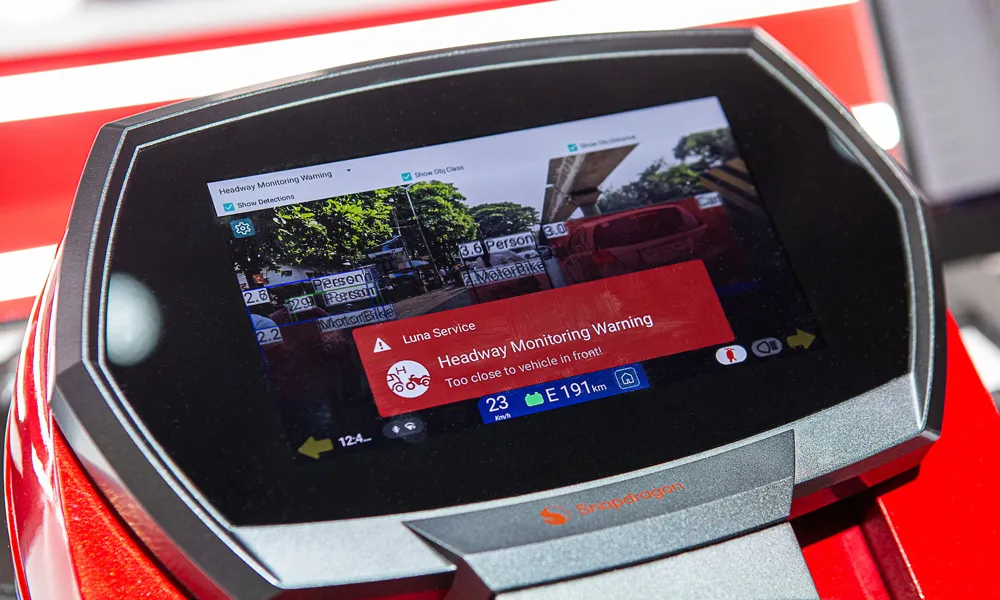ACEA recognises the potential contribution of intelligent transport systems (ITS) to reducing CO 2
emissions, but needs evidence of the impacts of different ITS applications in order to guide further research and development.
The scope of the study, ITS for reducing CO 2
emission of passenger cars, was to assess the contribution of different existing ITS measures to reducing CO 2
emissions of passenger cars with internal combustion engines. These include in-vehicle applications and ITS-related infrastructure measures which can affect the dynamics of driving or road traffic conditions and therefore reduce emissions.
According to the study, in-vehicle eco-navigation systems (dynamic navigation tools that use real-time data to reduce fuel) have a 5-10% emissions reduction potential. Eco-driving systems – which recognise driving behaviour and provide the driver with on-trip advice and post-trip feedback – can bring down emissions by five to 20%.
Regarding infrastructure, the two highest-potential measures are traffic signal coordination and parking guidance. Giving drivers real-time advice on traffic signals and guidance to find a parking space could produce a further 10 per cent savings in CO 2
emissions for equipped vehicles in the areas where these systems are deployed.
Currently new vehicles (less than one year old) represent only about five per cent of the total EU car fleet, and the average age of cars is 9.7 years and rising.
“With this in mind, the study’s findings make a clear case for a faster renewal of the fleet, so that we can bring more vehicles with the latest technologies to the street faster,” Carlos Ghosn, ACEA president stated. “But connected vehicles and faster fleet renewal will not be enough. ACEA is therefore also calling on policy makers to invest more in appropriate infrastructure improvements.”
As ITS systems rely on the collection, use and process of data from different sources, including from the vehicle itself, they also raise the challenge of data protection. Recognising the concerns around this subject, this morning ACEA’s Board adopted a statement setting out five principles of data protection to which the industry will adhere.
These principles include transparency, customer choice, ‘privacy by design’, data security and proportionate use of data.
Presenting the report at the Frankfurt Motor Show, Ghosn said, “Data protection is an issue automakers take very seriously, as we are committed to providing our customers with a high level of protection and maintaining their trust.
“This is essential if ITS and the connected car are to fulfil their potential to contribute towards societal goals such as facilitating traffic management, reducing fuel consumption and bringing down CO 2
emissions.”









